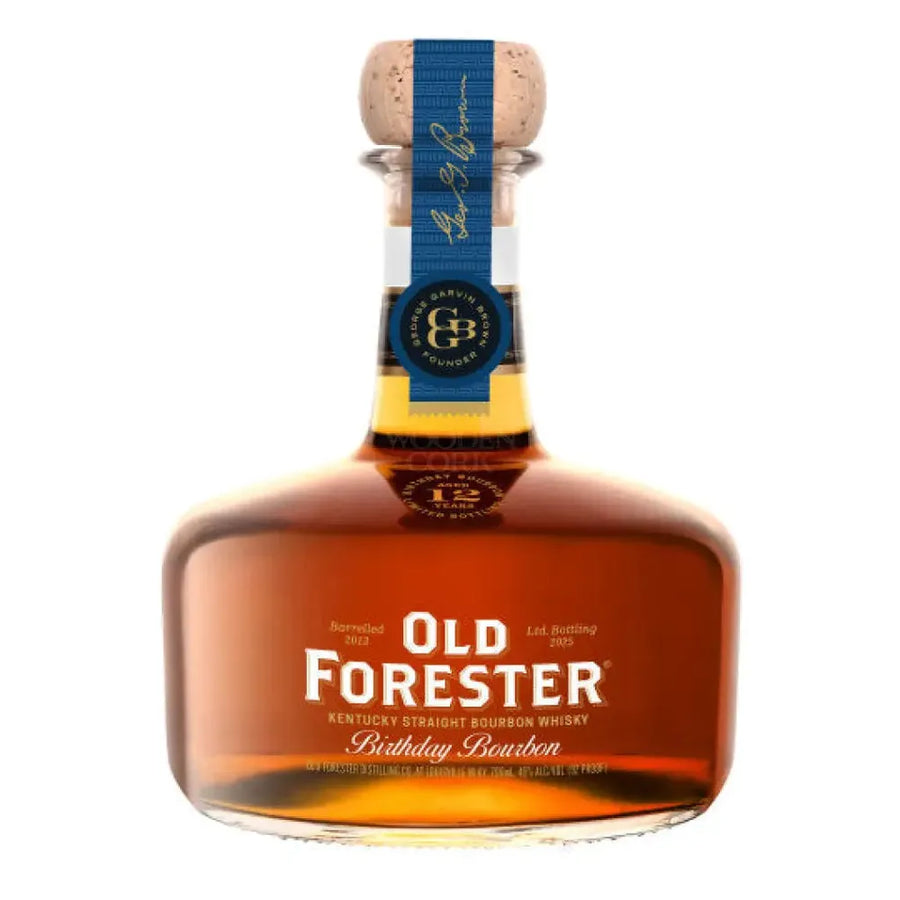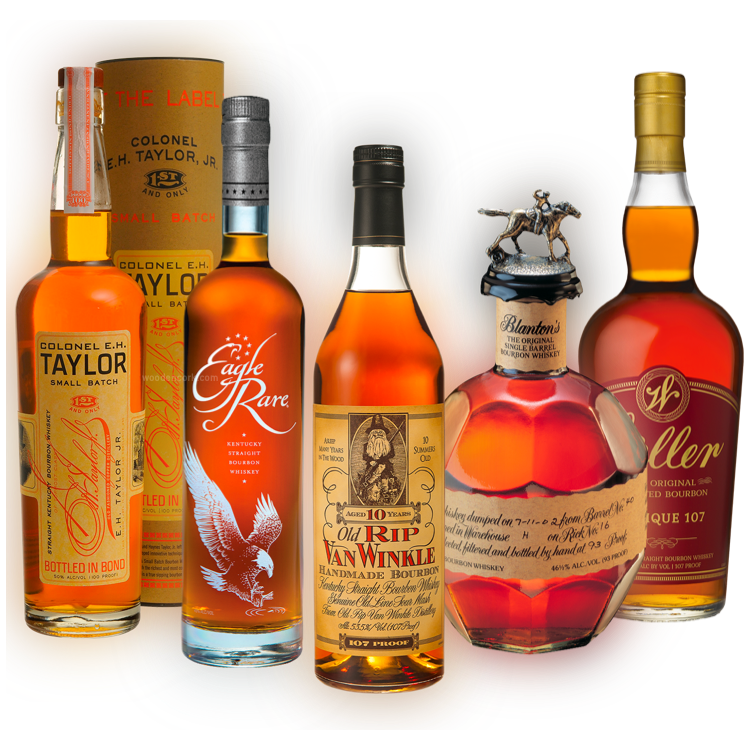5 Imported Vodka Trends In 2017
In the good old days, when white spirits reigned supreme, imported vodka brands had it easy. Imports offered the cachet of exotic origins, elegance, prestige and luxury. For American consumers, calling for an imported brand at the bar or retail store proved they were cool and sophisticated.
But times have certainly changed.
Today, consumers’ ideas about what constitutes coolness and quality have evolved. It takes more than vague claims of exoticism and marketing hype. Authenticity is the new touchstone with customers looking for the real deal—and they want brands to prove their claims.
To reach consumers, especially those younger LDAs, and increase their market presence, imported vodka brands are borrowing a few pages from brown spirits and the American craft boom, then broadcasting messaging via social and other digital media about brand authenticity and product provenance.
“In the past, the term ‘imported,’ was a key differentiator of luxury or premium because it came from abroad; there was a certain allure,” says, Nicolas Guillant, president Marie Brizard Wine & Spirits Americas, whose portfolio includes the Sobieski Vodka brand. While the concept of imported still has resonance for American consumers, he says, that is no longer enough. “The liquid inside the bottle is what counts.”
“Designations like craft or imported can be an element of a brand’s identity, but such designations alone do not drive sales anymore,” says David Ozgo, senior vice president for Economic and Strategic Analysis for the Distilled Spirits Council. “Consumers today are too sophisticated and demanding. Consumers are looking for authentic, quality products that deliver unique experiences. Craft or imported brands might get the consumer’s attention initially, but there has to be more to a brand than a category designation if it is going to be around for long.”
So here are 5 ways that imported vodka will borrow trends from other categories to reach consumers in 2017:
1) Emphasize Authenticity
The enthusiasm and embrace of all things whiskey have trained interested consumers to delve into the details of authenticity and provenance of the brown spirits they drink. Imported vodka producers are hoping this inclination will translate to white spirits as well.
“There are some things we can borrow from the American craft brands, since the source of origin has become increasingly important to consumers: they want to understand where products come from and to feel connected to those communities,” says Nick Guastaferro, brand director for Absolut Vodka. The vodka was first produced in 1879 and is still made in Ahus, Sweden.
“Millennial consumers are continuing to crave transparency, so there is a continued shift towards authenticity in the American spirits market for imported and domestic brands,” says Phillip Pearson, brand manager at Diageo North America, whose portfolio includes Ketel One and Ciroc. The Ketel One brand is produced in the Netherlands by the Nolet Family, whose participation goes back for 11 generations and over 325 years.
To tell that story more vividly, in November Ketel One launched a marketing campaign called, “You Don’t Understand, It Has To Be Perfect,” which playfully pokes fun at the attention to detail and great lengths the Nolet family takes to keep Ketel One Vodka perfect, as well as the brand’s ancient heritage. The campaign included TV ads and eight short videos.
To further immerse consumers in the Ketel One experience, during the holiday season, more than 80,000 limited edition Ketel One virtual reality viewers were included in value-added packaging of 1.75-liter bottles. With that technology and their phones, consumers could access views of the distillery, pot still and bottling room, explanations of the process and cocktail-making experiences.
2) Show The Origins
Hand in hand with authenticity is provenance. Revelations about non-distiller producers in the whiskey category have led to questions about all aspects of spirits sourcing and ingredients.
“In vodka, and across spirits and wines in general, there is a huge recognition for provenance of product and the renowned history and expertise in certain regions of the world,” says Tom Swift, global vice president for Grey Goose Vodka. The brand, of course, is made in France, a country with centuries of fine-wine and spirit-making expertise, he points out.
Consumers need to be cautious about the term “imported” on the label, say category players. “Some vodkas that say they are imported are really just bottled in the U.S. from imported juice,” Guillant says. For its part, Sobieski Vodka is made and bottled in Poland. It is produced from Polish Dankowski rye grain and water from the nearby Oligocene springs. “Those are important points for consumers,” he adds.
“The ingredients story is central to our quality story,” says Guastaferro about Absolut. Everything in the vodka—including the bottle—is produced from within a 75-mile radius. The company has long-term relationships with the farmers who grow the wheat for its vodka, and water is sourced from an aquifer near the distillery. The brand will dial up that messaging this year. “With food, people are familiar with the farm-to-table concept; now they are beginning to consider the idea of farm-to-bottle.”
“We are just a small, family-owned distillery in Krzesk, Poland,” says Dana Chandler, COO/executive vice president/general manager for Chopin Imports LTD. The Dorda family acquired an historic 19th-century distillery in 2003. The majority of the ingredients—potatoes, rye and wheat—for Chopin Vodka are sourced from within 25 miles of the distillery. The Dordas have worked with many of the same family farms for decades. Now the company has started to grow some of its own potatoes. “We want to focus on being known as the potato vodka specialist, which is where we do most of our business,” Chandler says.
3) Innovate, Innovate, Innovate
Despite the challenging environment, many import brands are forging ahead with innovations in vodka.
Perhaps the most intriguing is the rollout of Oak by Absolut. The vodka is rested in three different barrels for six months and given added flavor by a proprietary method of steeping in oak chips. “This adds flavor nuances; the vodka is subtly smoky, with hints of vanilla and caramel, and takes on a slightly brown color,” says Guastaferro. The result is a more sophisticated taste profile with many of the properties of brown spirits. Each bottle is hand-numbered, much like a small-batch whiskey, and Absolut is still adjusting the process as it carefully rolls out the new product. “This could be a complicated story for bartenders and consumers,” he adds.
“Because we are a small producer, we can experiment and bring out a number of interesting innovations, using different base materials, distillation techniques and aging,” says Chopin’s Chandler, who promises that a few of these will find their way onto the U.S. market in 2017.
Currently available is the brand’s Single Collection: small batches of vintage-dated vodkas made from different varietals of potato. Perhaps the most popular of these currently is the Single Young Potato 2011, made with early-harvested, low-starch, Denar potatoes. Vodka aficionados in Poland are starting to collect them, Chandler notes.
Set to debut in the U.S. this year from Marie Brizard is Shotka, a Lithuanian vodka spirit produced from hemp seeds. Lithuania has a long history of cannabis cultivation, Guillant says.
“Today is less about imported, premium and luxury and more ensuring a brand represents the authenticity, heritage and craftsmanship their audience desires,” says Ciroc brand director Ryan Robertson. “Consumers want to connect with the products they are choosing and with the story behind them.”
Ciroc’s brand messaging focuses on its French heritage and grape base. The vodka is cold-fermented and distilled five times, the fifth and final distillation taking place at the Distillerie de Chevanceaux, in a traditional copper pot still. “The final distillation lends Ciroc Ultra-Premium Vodka its unique signature, delivering a distinctive flavor with an exceptionally fresh, citrus taste,” Robertson says.
Unflavored vodka is the growth driver of the category, he adds, outpacing growth in flavors.
4) Pull Back On Flavored Vodkas
Like the rest of the vodka category, the import segment went overboard with flavor proliferation. Now most producers are pulling back the reins and refocusing their portfolios. Simultaneously, there has been a renewal of interest in straight unflavored vodkas.
“Although flavored vodka growth has slowed and flavors seem to be playing a bigger role in categories like tequila and whiskey, flavored vodka continues to play a key role in overall category consumption in the U.S.,” maintains Pearson at Diageo. There is definitely a movement towards fruit flavors, he notes, and “last year we saw improvement in the vodka category overall for unflavored vodka in the U.S.”
 “There has been a category contraction of the flavor segment, but we didn’t veer off into the overly confectionary flavors,” Guastaferro says. Absolut, he adds, is well-position with the number-one lemon and orange flavors, and is refocusing its flavor portfolio to concentrate on the eight highest-performing SKUs. Much of Absolut’s business is coming from the unflavored Blue, up 3.9% over past 12 months; overall total Absolut sales are up 2.5%. “Unflavored is the purest expression of a brand and is highly appealing to consumers interested in learning more about vodka,” he says.
“There has been a category contraction of the flavor segment, but we didn’t veer off into the overly confectionary flavors,” Guastaferro says. Absolut, he adds, is well-position with the number-one lemon and orange flavors, and is refocusing its flavor portfolio to concentrate on the eight highest-performing SKUs. Much of Absolut’s business is coming from the unflavored Blue, up 3.9% over past 12 months; overall total Absolut sales are up 2.5%. “Unflavored is the purest expression of a brand and is highly appealing to consumers interested in learning more about vodka,” he says.
“We’re exceptionally deliberate when it comes to introducing any new SKU into our portfolio,” says Diana Pawlik, vice president of marketing for Svedka Vodka. About 17% of the brand’s sales are driven by flavors. The unflavored vodka category is strong, she adds, and Svedka’s 80-proof business continues to experience solid growth and remains at the core of the portfolio. In 2015, the company introduced a 100-proof expression to provide an elevated vodka offering in the unflavored space.
5) Reach Millennials Through Social
Social media and digital platforms remain the most efficient way to reach Millennials.
“Our social channels and digital campaigns enable us to have a direct and vibrant dialogue with LDA consumers,” Pawlik says. “Moving forward, Svedka will continue to develop and execute digitally centric campaigns, as that is where our target consumer is most highly engaged.”
“We are always looking at new technology, since that is so important to our tech-savvy LDA consumers,” Guastaferro says. The brand has a number of initiatives in play, including the #AbsolutNights thread and Absolut deadmau5 app, a game that allows fans to take on the role of electronic music superstar Deadmau5 as he attempts an epic night out. The Absolut Hoppr platform pairs partygoers with party-throwers for Absolut parties. Footage from all these events is shared on social media to extend promotional reach.
In general, brands remain positive about the vodka category. “Consumers will continue to drink vodka and rediscover its pleasures,” Guillant concludes. “And the category will remain as competitive and challenging as ever.” bd
Thomas Henry Strenk is a Brooklyn-based freelance writer with over 20 years experience covering the beverage and restaurant industries. In his small apartment-turned-alchemist-den, he homebrews beer kombucha, and concocts his own bitters and infusions.
The post 5 Imported Vodka Trends In 2017 first appeared on Beverage Dynamics.






